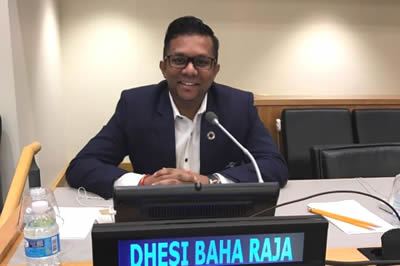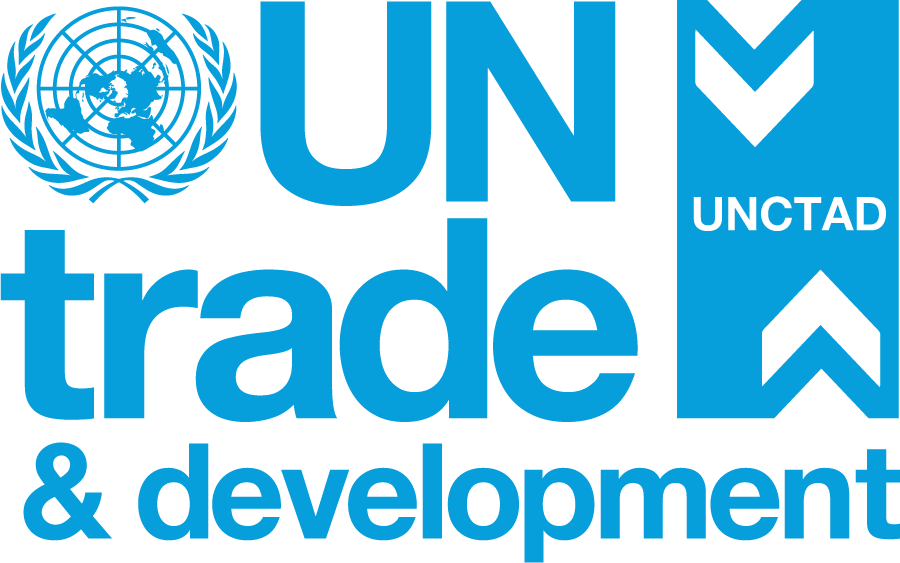The tide of misery brought on by epidemics in developing countries could be stemmed if health services were able to predict outbreaks. Dhesi Baha Raja, a co-founder of Artificial Intelligence in Medical Epidemiology, thinks the power of machine learning can be used to increase outbreak prediction - and that multilateral forums like the Committee for Science and Technology for Development, convened by UNCTAD on January 23-27, can help spread the technology.
Q: Could you tell us about the opportunities of using Artificial Intelligence to improve global public health?
A: Studies in Asia have shown a yearly increase for the cost of vector control [the control of disease-spreading "vectors" like mosquitos], reaching numbers as high as $307 million annually, and South American sources have said that more than $1 billion is spent to control dengue fever. In fact, existing global disease monitoring and control is limited to being passive, pre-emptive and reactive, as clearly seen during the recent Ebola outbreak that killed more than 10,000 people in Africa.
The analysis of data in global health currently relies on statistical methods that are time consuming, and data limited to time, location, and accumulated cases. Extra information that could be crucial for outbreak monitoring and prediction about such factors as weather, geographical variables and human movements is not currently provided in a dynamic and real-time manner. We must leverage Artificial Intelligence - the self-learning capabilities of a trained machine - to understand astronomical amounts of data, detecting disease trends, even before an outbreak occurs.

Q: Could you tell us about your innovation to predict deadly outbreaks using machine learning?
A: Our proposed plan is to reduce both the burden of the disease and the economic impact these diseases impose in affected nations by introducing an artificially intelligent platform, capable of reporting and accurately predicting the next disease outbreaks. This platform will allow public health professionals and government officials to make informed decisions in the areas they should take action, instead of using funds in areas that are not necessarily heavily affected by the diseases. Currently the web-based platform is able to predict deadly outbreaks with an accuracy of 88.4% with a time frame of 3 months in advance, and geo-locating them up to a 400-meter radius.
Q: How can new innovations help make health systems more effective and efficient, especially in developing countries?
A: The socio-economic toll of diseases transmitted by mosquitos is severe. Approximately 2.5 billion people are at risk and the total annual cost of dengue fever alone has been put at $8 billion. Mosquito-borne outbreaks adversely affect other health services in a country. Health-system capacity can adapt to meet predictable demand for illnesses like diabetes, heart disease and hypertension, but mosquito-borne and deadly virulent outbreaks are sporadic, unpredictable and highly disruptive, putting enormous pressure on clinics, health workers, hospitals and laboratories. Getting infectious disease under control would have a vast and positive impact across the whole of the public health system.
Q: How can international forums like Committee on Science and Technology for Development promote and support new innovation in global development, including in health?
A: With the involvement of the CSTD as a platform for discussion, member States will be able to view ground-breaking innovations from various sectors, for-profit organizations, non-profit, entrepreneurs and so on. This will expose countries to various possible ways to tackle their own country's issues and indirectly promotes collaboration between inter-agencies. We clearly saw this during the recent meeting in Geneva where we were invited to Pakistan and Indonesia to see possible collaborations in using AI to tackle infectious diseases.


